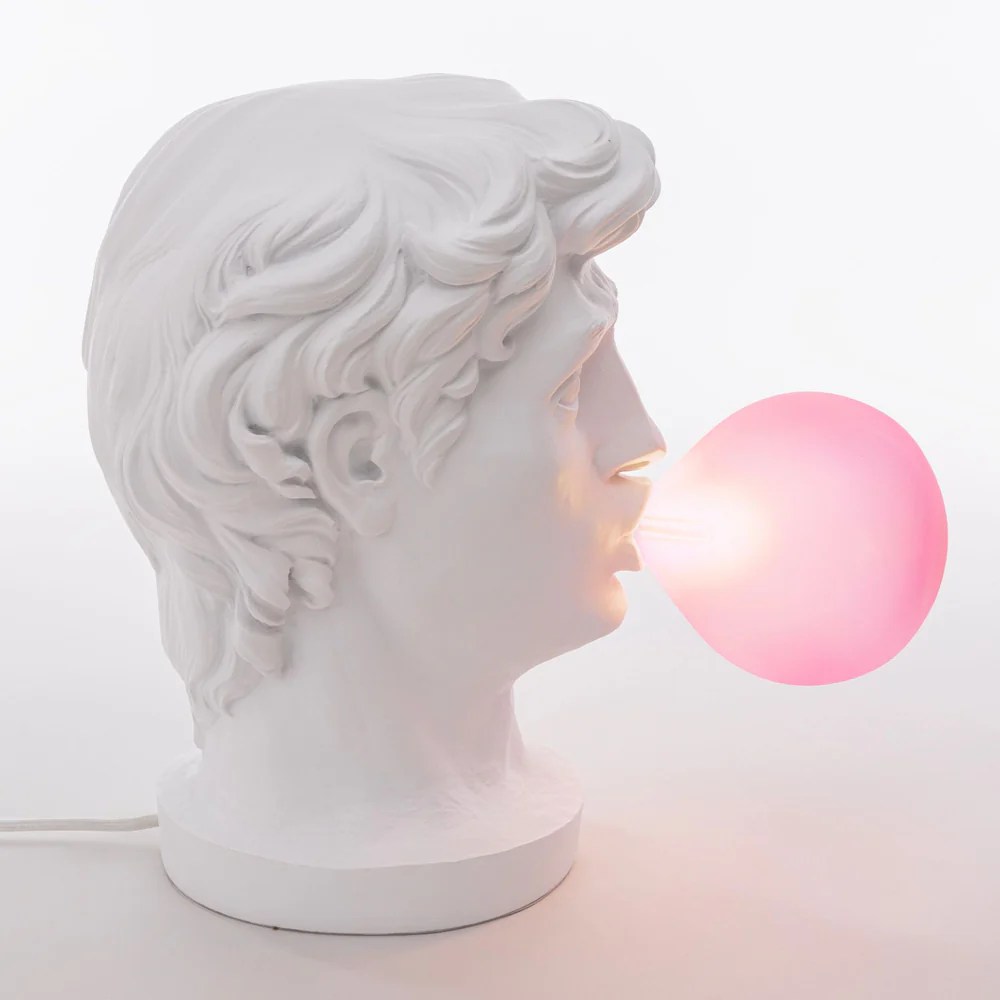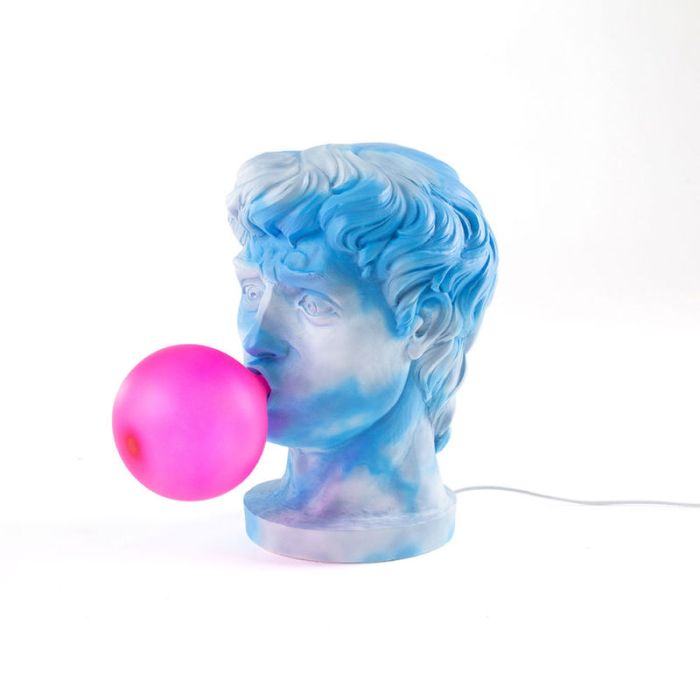Embark on a captivating literary journey with El Retablo de las Maravillas Summary, an exploration of the enchanting world depicted in Miguel de Cervantes’ renowned masterpiece. This insightful analysis delves into the intricate tapestry of characters, themes, and symbolism that have captivated readers for centuries.
Through the lens of scholarly inquiry, we uncover the rich cultural and historical context that shaped this literary gem, revealing its enduring relevance to contemporary society. Prepare to be transported to a realm of imagination and wonder as we unravel the secrets of El Retablo de las Maravillas.
The Setting and Context
El Retablo de las Maravillas is set in rural Spain during the 17th century. The story unfolds in a small village where the inhabitants are struggling to survive amidst poverty and oppression. The social and cultural context of the time is characterized by a rigid class structure, religious fervor, and a belief in the supernatural.
These elements contribute to the story’s atmosphere of superstition and fear, and they provide a backdrop for the main characters’ struggles and the themes that are explored throughout the story.
The Main Characters

Juan Ruiz
Juan Ruiz is a young shepherd who is kind and compassionate. He is deeply in love with his sweetheart, Teresa, but their love is forbidden by her father.
Teresa
Teresa is a beautiful young woman who is also kind and compassionate. She is in love with Juan, but she is forced to marry a wealthy man whom she does not love.
The Priest, El retablo de las maravillas summary
The Priest is a powerful and influential figure in the village. He is a devout man who believes that he is doing God’s work, but he is also arrogant and intolerant.
The Plot Summary

The story begins with Juan and Teresa meeting in secret. They are caught by the Priest, who orders Juan to leave the village. Juan is heartbroken and wanders the countryside, eventually finding a magical retablo (altarpiece) that grants him three wishes.
Juan uses his first wish to become a wealthy man. He returns to the village and tries to win Teresa’s love, but she rejects him. Juan then uses his second wish to become the most powerful man in the world, but he is still unable to win Teresa’s love.
Finally, Juan uses his third wish to become a humble shepherd again. He returns to the village and asks Teresa to marry him. She agrees, and they live happily ever after.
The Themes and Symbolism
The Power of Love
The story explores the power of love and its ability to overcome obstacles. Juan and Teresa’s love for each other is strong enough to withstand the challenges that they face, and it ultimately leads to their happiness.
The Importance of Humility
The story also emphasizes the importance of humility. Juan learns that true happiness cannot be found in wealth or power, but only in humility and love.
The Dangers of Pride
The Priest is a symbol of the dangers of pride. He believes that he is above the law and that he can do whatever he wants. His pride ultimately leads to his downfall.
The Literary Style and Techniques: El Retablo De Las Maravillas Summary
El Retablo de las Maravillas is written in a simple and straightforward style. The story is told in a linear fashion, with few flashbacks or other narrative techniques.
The author uses a variety of literary devices to create a vivid and engaging story. These devices include foreshadowing, symbolism, and irony.
The Cultural and Historical Significance

El Retablo de las Maravillas is a classic work of Spanish literature. The story reflects the values and beliefs of the Spanish people during the 17th century.
The story is still relevant today, as it explores timeless themes such as the power of love, the importance of humility, and the dangers of pride.
Clarifying Questions
What is the main theme of El Retablo de las Maravillas?
The play explores the power of imagination and the transformative nature of art, highlighting the ability of creativity to transcend reality and inspire wonder.
Who are the main characters in the play?
The central characters include Chanfalla, a cunning puppeteer; Chirinos, a naive artist; and the beautiful Angelica, who becomes the object of their rivalry.
How does the play reflect the cultural context of its time?
El Retablo de las Maravillas satirizes the popular theater of the Spanish Golden Age, poking fun at its conventions and exaggerated characters.